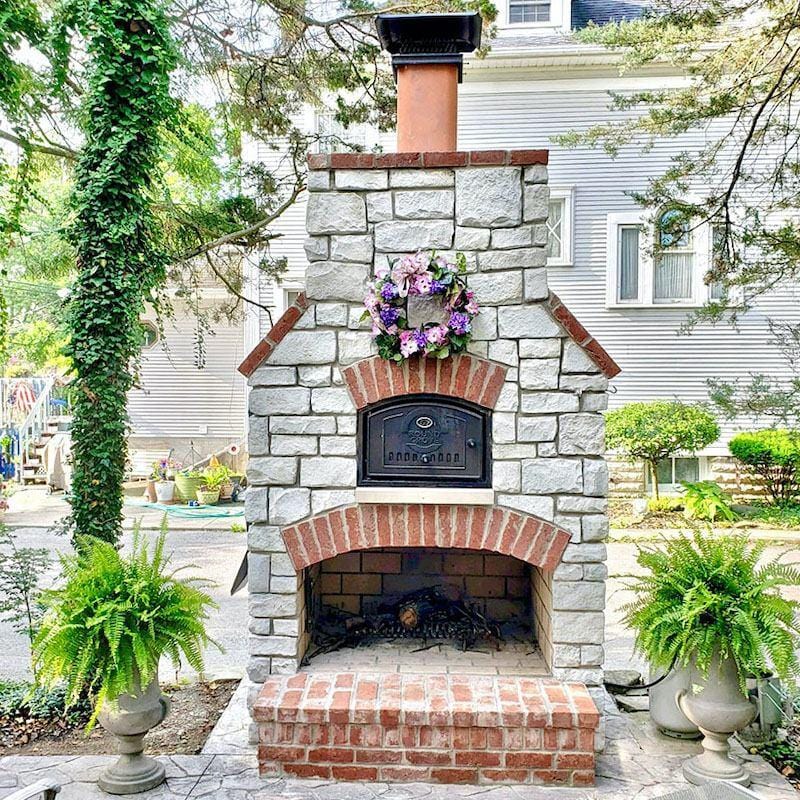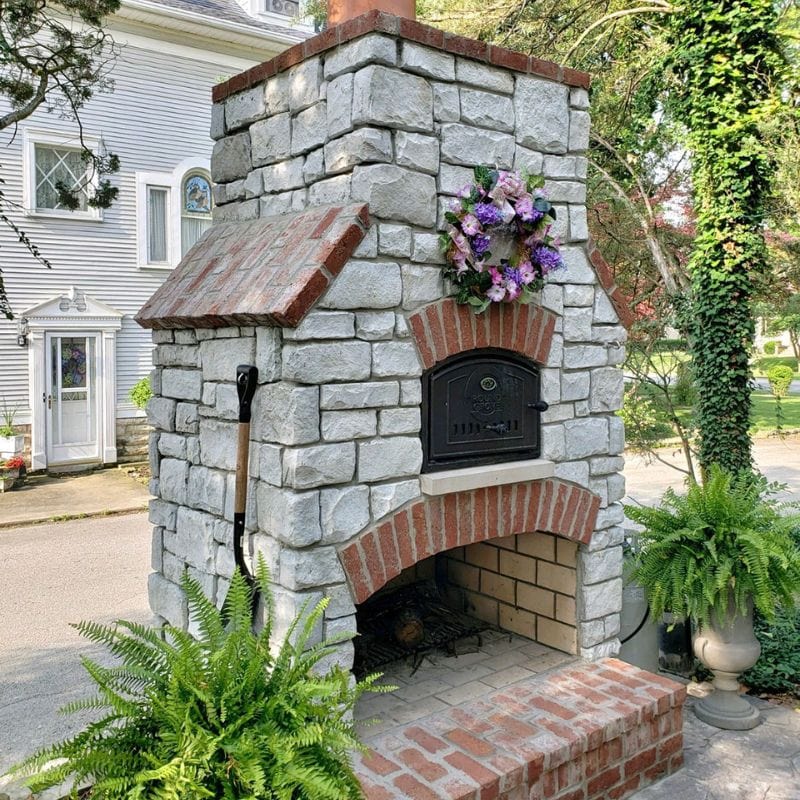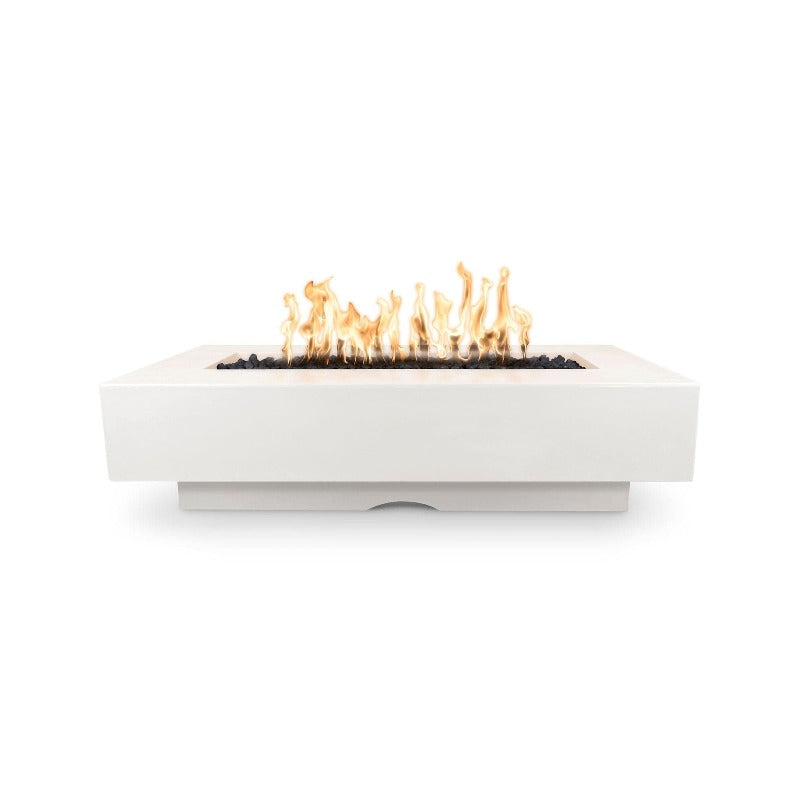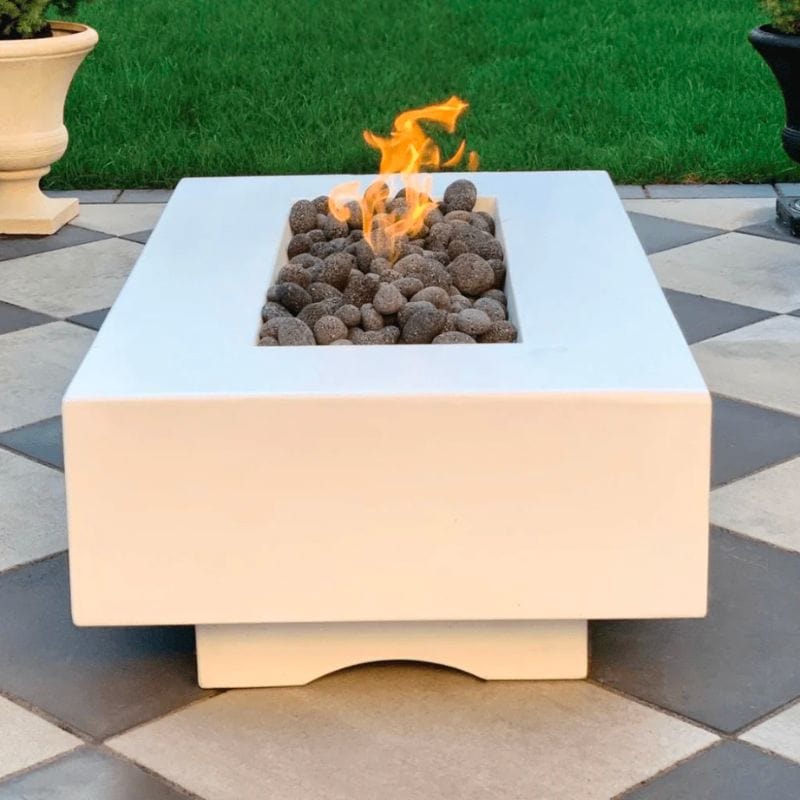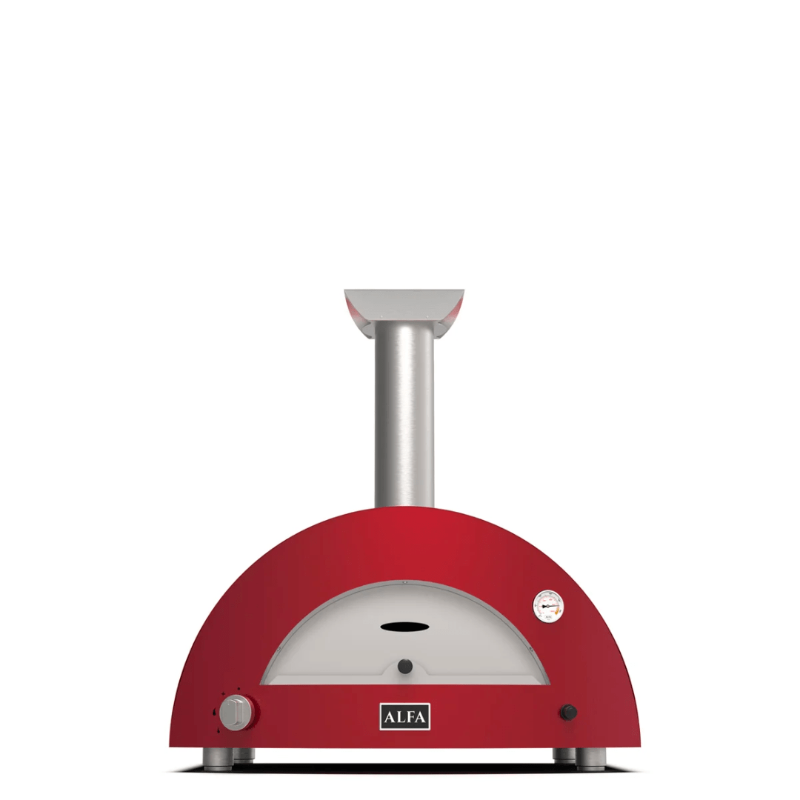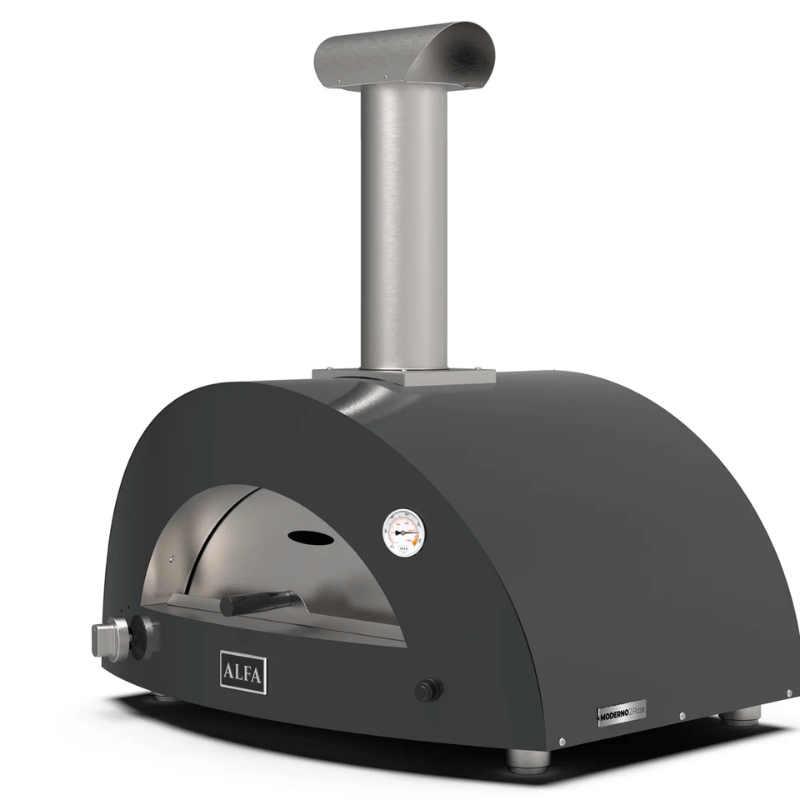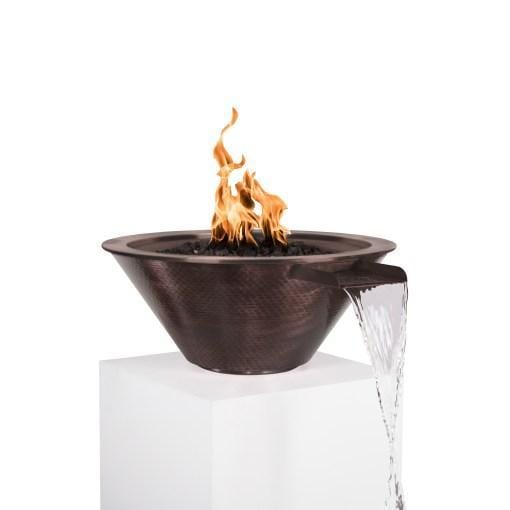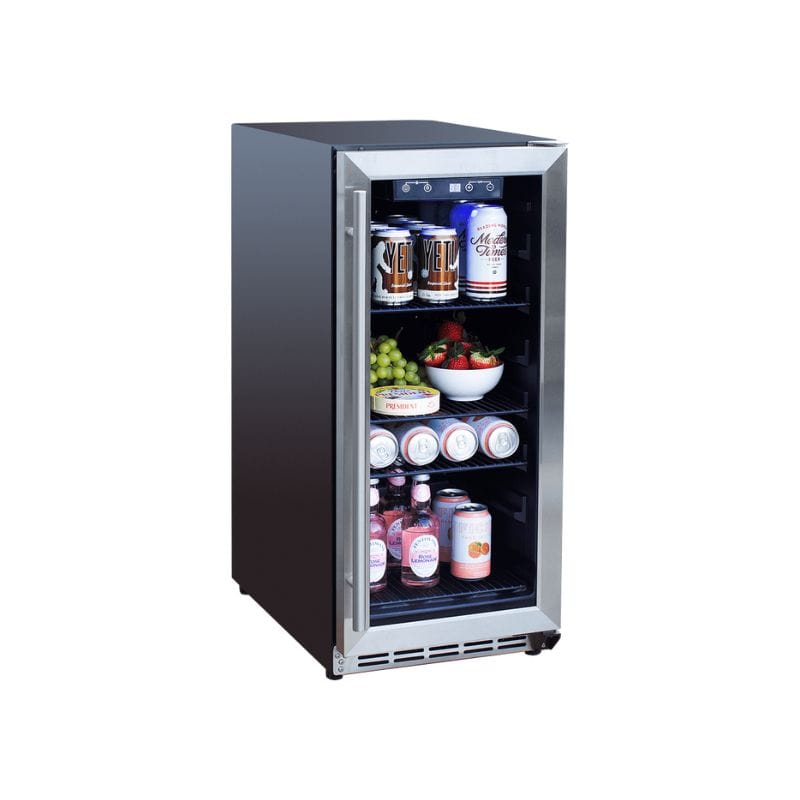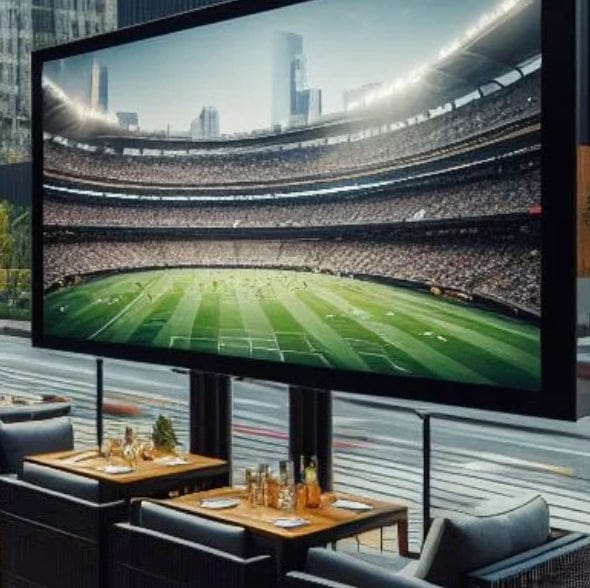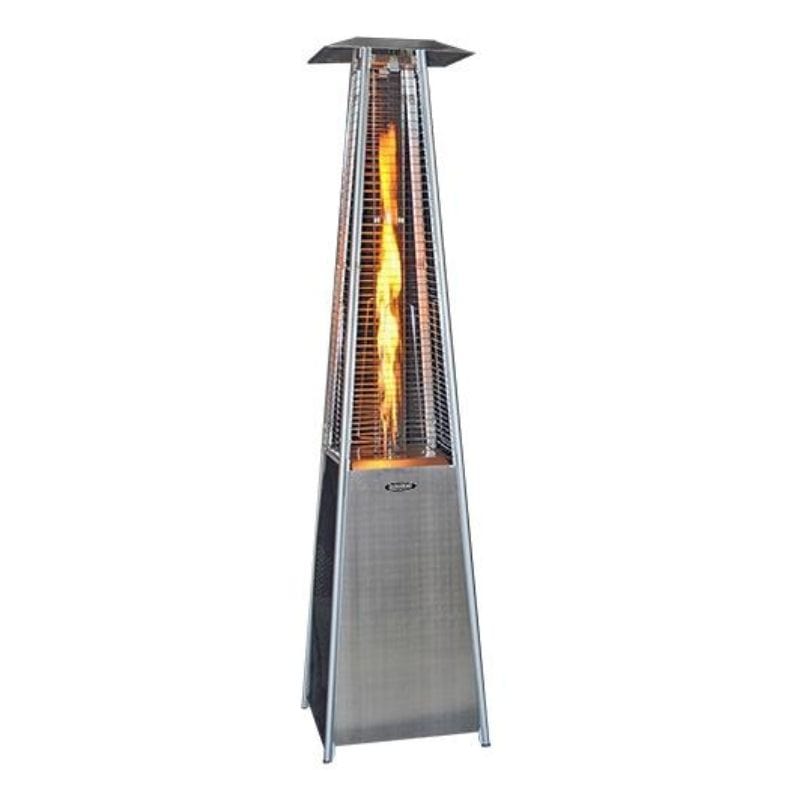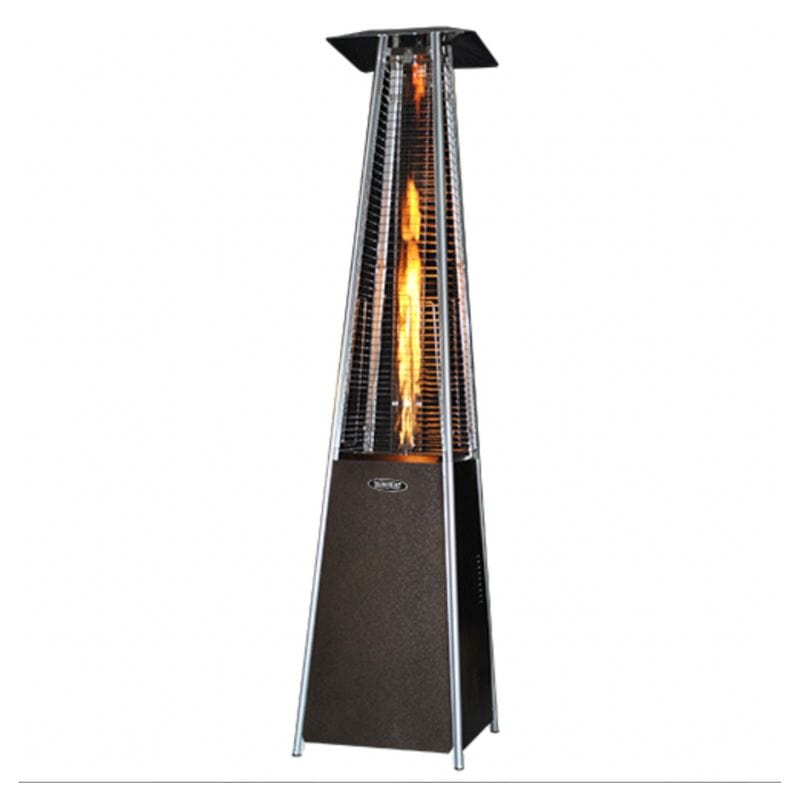Adding an outdoor kitchen is a great way to enjoy and turn your backyard into a space for entertaining, cooking, and relaxing. But while most homeowners focus on BBQs, stone benchtops, and bar fridges, electrical planning often gets pushed down the list – or worse, overlooked entirely.
Mistakes with outdoor electrical setups are more common than you think. And unlike a design choice that’s just inconvenient, electrical errors can put your safety at risk or cost you later. Whether you’re building a full alfresco kitchen or just wiring in a few outdoor appliances, here are the most common electrical mistakes to avoid.

1. Using Indoor Electrical Fittings Outside
One of the easiest traps to fall into is assuming standard indoor outlets and switches will do the job outside. Unfortunately, they’re not built to withstand weather, moisture or UV exposure.
Why it's a problem:
Indoor components aren't designed to cope with rain, condensation, or dust. Over time, that exposure can cause rusting, short circuits, or electrical faults.
The smarter move:
Always choose outdoor-rated fittings. Look for ones with an IP (Ingress Protection) rating — IP44 or higher is generally suitable for covered outdoor spaces, but if your kitchen is more exposed, a higher rating may be required. Your electrician can advise on this.
2. Overloading the Power Supply
Many people don't realize how much power outdoor kitchens draw especially if you're running multiple appliances at once. A fridge, rotisserie, induction cooktop, and a few lights can add up quickly.
The risk:
Exceeding the circuit's capacity doesn't just trip breakers - it can damage wiring and play a role in electrical faults, making proper planning essential for preventing kitchen fires.
What to do:
Get an electrician to assess the load and run dedicated circuits where needed. For larger setups, they may recommend a small sub-board for the outdoor area. It's a good investment if you're powering multiple devices.
3. Poor Placement of Powerpoints and Switches
Convenience is important but placing powerpoints too close to the BBQ or in areas where rain or hose spray can reach them is asking for trouble.
The risk:
Heat from cooking equipment can degrade plastic fittings over time, while water exposure increases the risk of electric shock - especially in damp conditions.
The solution:
Move outlets away from heat sources and areas where water may splash. Use weatherproof enclosures or outlet covers that can seal the socket when not in use.
4. No RCD Protection
Outdoor areas are high-risk environments, so RCD (Residual Current Device) protection isn't optional - it's mandatory. It's also a legal requirement under many regions' standards.
Why it matters:
RCDs shut off the power almost instantly if they detect a fault. That fast response can prevent electrical shock or worse.
Make sure:
All outdoor circuits, including any garden lighting, are protected by a safety switch. If unsure, a licensed electrician can test and upgrade your system if needed.
5. Doing DIY Electric Work
We get it - DIY can be tempting, especially for simple jobs. But electrical work must be done by a licensed professional. No exceptions.
Why this is a big problem:
Unlicensed work isn't just illegal - it can void your home insurance. Worse, it puts you and others at risk of serious harm if something's wired incorrectly, and in many cases, it carries penalties.
The safe option:
Leaving any wiring, circuit installation, or electrical appliance connection to a licensed electrician It's not worth the risk.

6. Not Weather Sealing All Connections
Even when outdoor-rated outlets are used, the job's not done unless every connection and cable junction is properly sealed and protected from the elements.
What happens over time:
Moisture can creep into fittings, corroding connections and creating shorts. In coastal areas, salt in the air can speed up the damage.
Best practice:
Use fully enclosed weatherproof boxes and seal around cable entry points with approrpiate gaskets or silicone. In harsh environments, opt for stainless steel or marine-grade fittings.
7. Underplanning Lighting and Controls
Lighting can make or break the usability of your outdoor kitchen at night. But many setups suffer from poor placement or lack of flexible controls.
The problem:
You end up with harsh floodlight style brightness when you just want a soft glow, or worse, you're trying to cook in the dark.
The solution:
Plan for multiple lighting zones: task lighting for cooking, softer ambient lighting for the dining area and accent lighting to highlight features like a bar or splashback. Dimmer switches or smart controls are a bonus.
8. No Room for Expansion
Some outdoor kitchens start small and grow. One year it's BBQ and fridge—next thing you know, you're adding a pizza oven, heater, or even a TV. But if the original setup didn't allow for that, adding later becomes harder.
Why it's a problem later:
Running extra cables or upgrading circuits once everything is built can mean lifting pavers or cutting into finished walls.
Plan ahead:
Even if you're not adding extra appliances straight away, ask your electrician to run extra conduit or install space circuits now. It will save time and money down the track.
9. Missing the Smart Opportunity
These days, many homeowners are embracing smart lighting, timers, and voice control inside the house, but forgetting the outdoor space.
What you miss:
The ability to turn on your BBQ lights from your phone, schedule the bar fridge to run off-peak, or control music and lighting scenes in sync.
A better approach:
Include your outdoor kitchen in your smart home plans. Smart switches, outdoor Wi-Fi outlets or app controlled lighting systems are more affordable than ever and add serious convenience.
Don't Let Electric Oversights Undermine Your Outdoor Kitchen Invenstment
Outdoor kitchens are one of the best ways to make your home more functional and enjoyable. But cutting corners on the electrical side can turn your dream space into a long-term headache — or worse, a safety hazard.
If you're planning a setup, start with a licensed electrician who knows the specifics of outdoor installations. A good electrical plan doesn't just keep your family safe—it future proofs your space and ensures everything runs smoothly, season after season.
After all, the last thing you want to worry about during a backyard cook-up is whether your outdoor kitchen is up to code.


